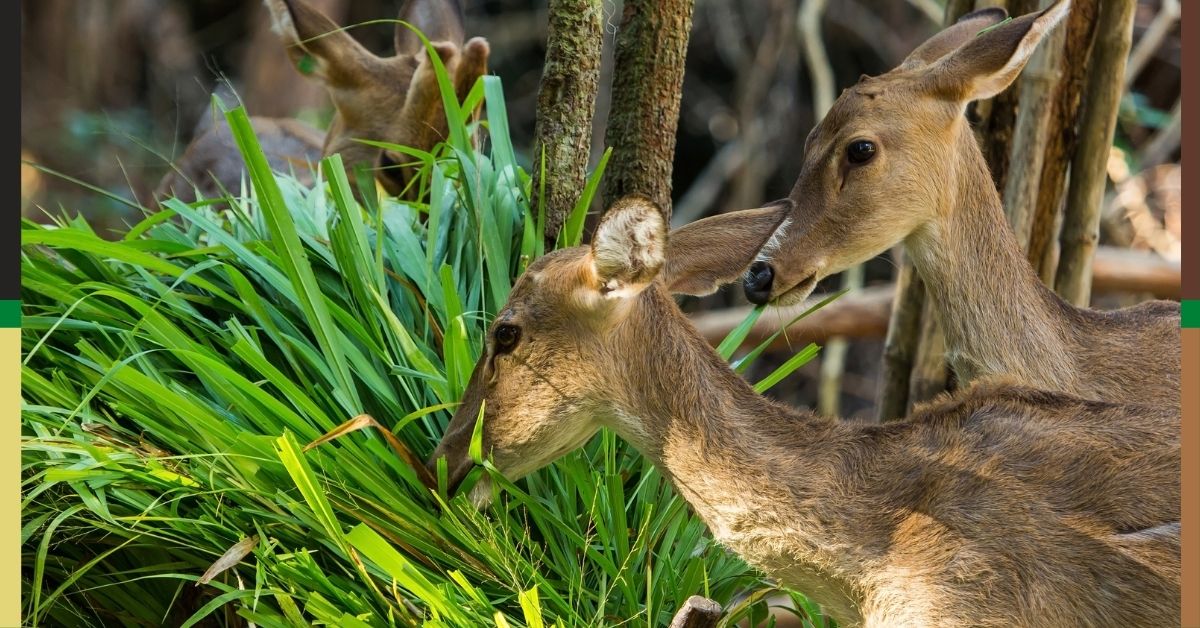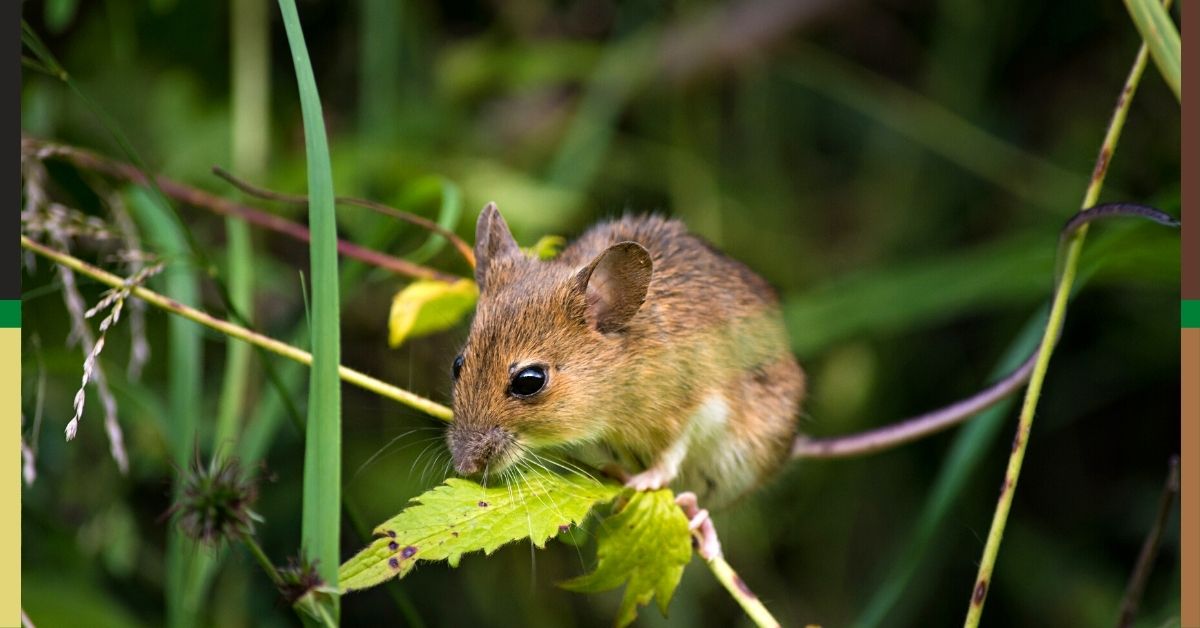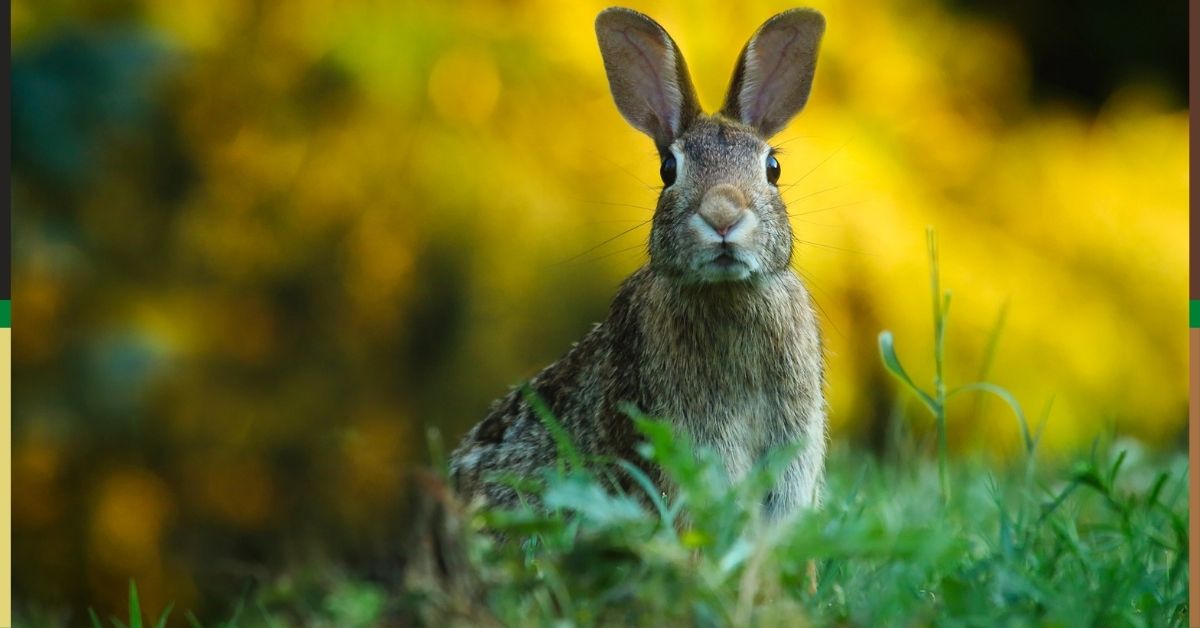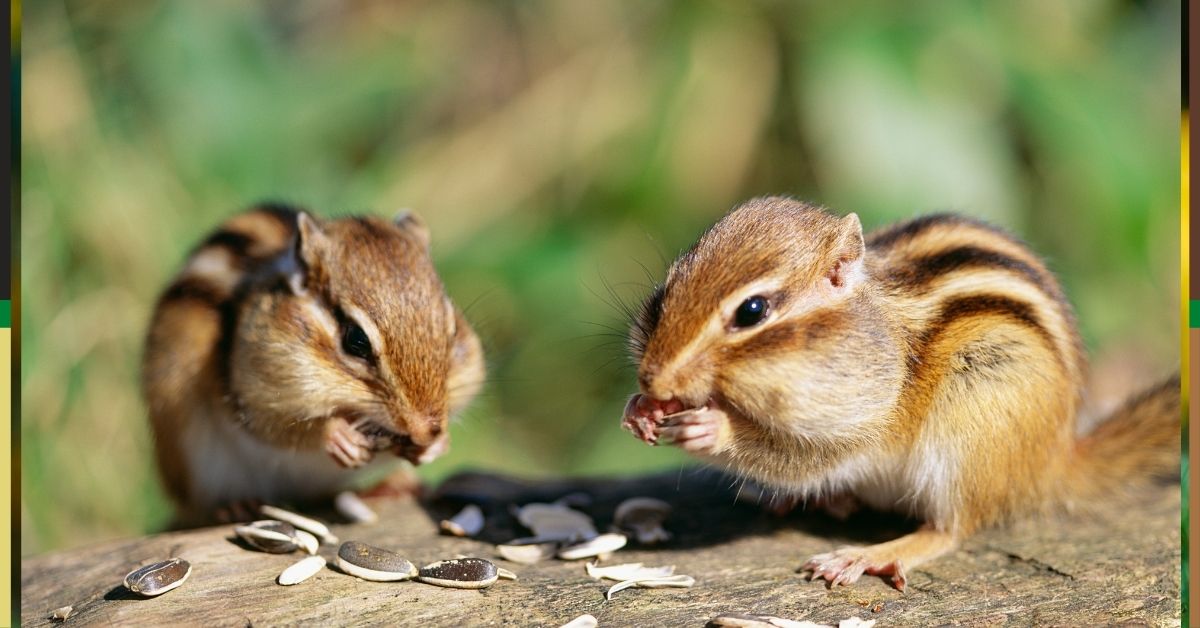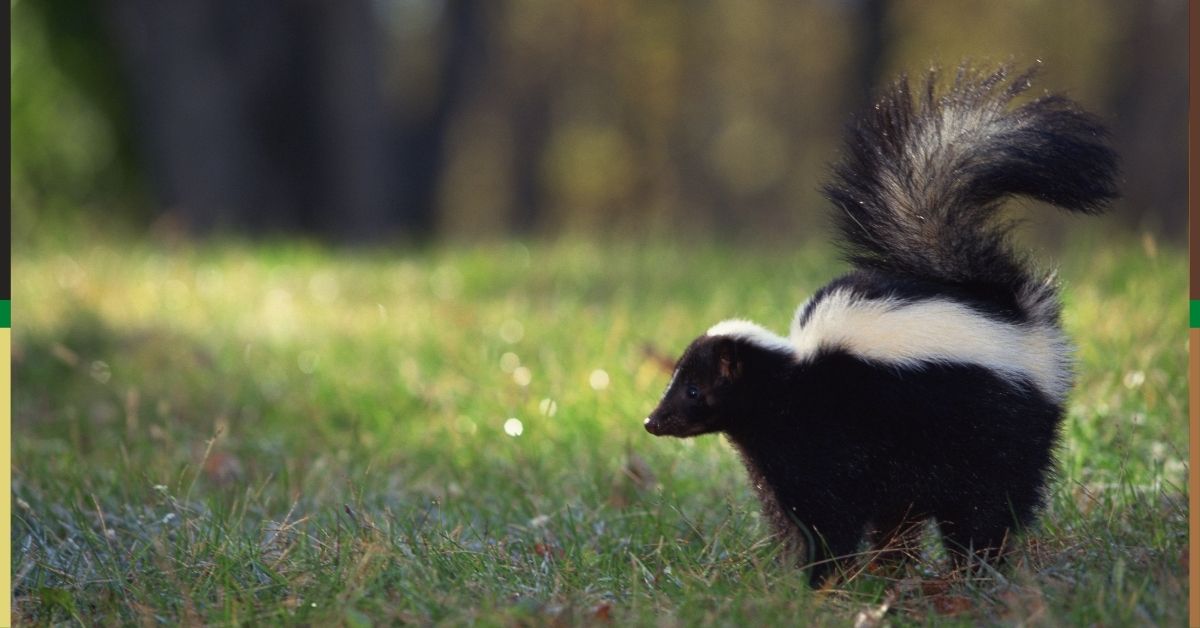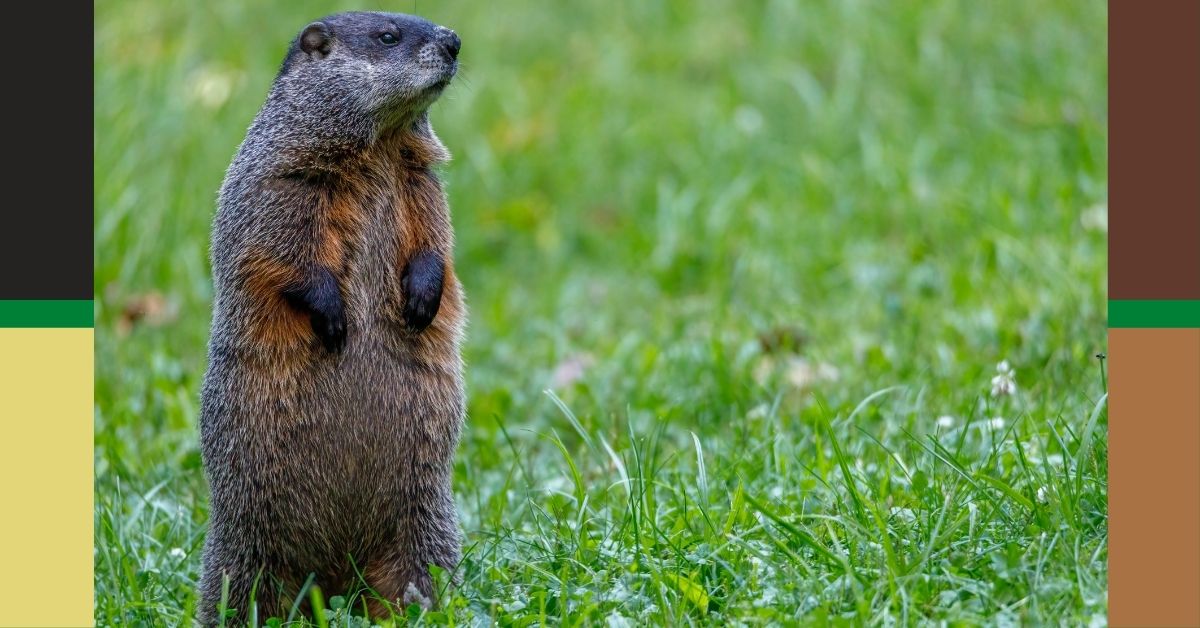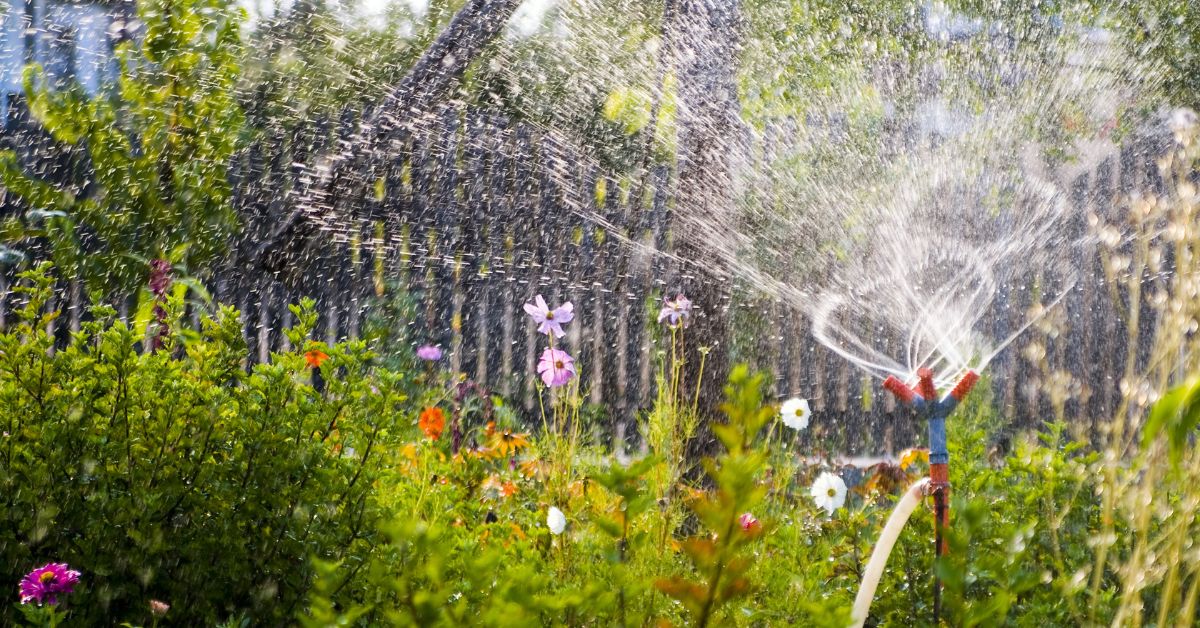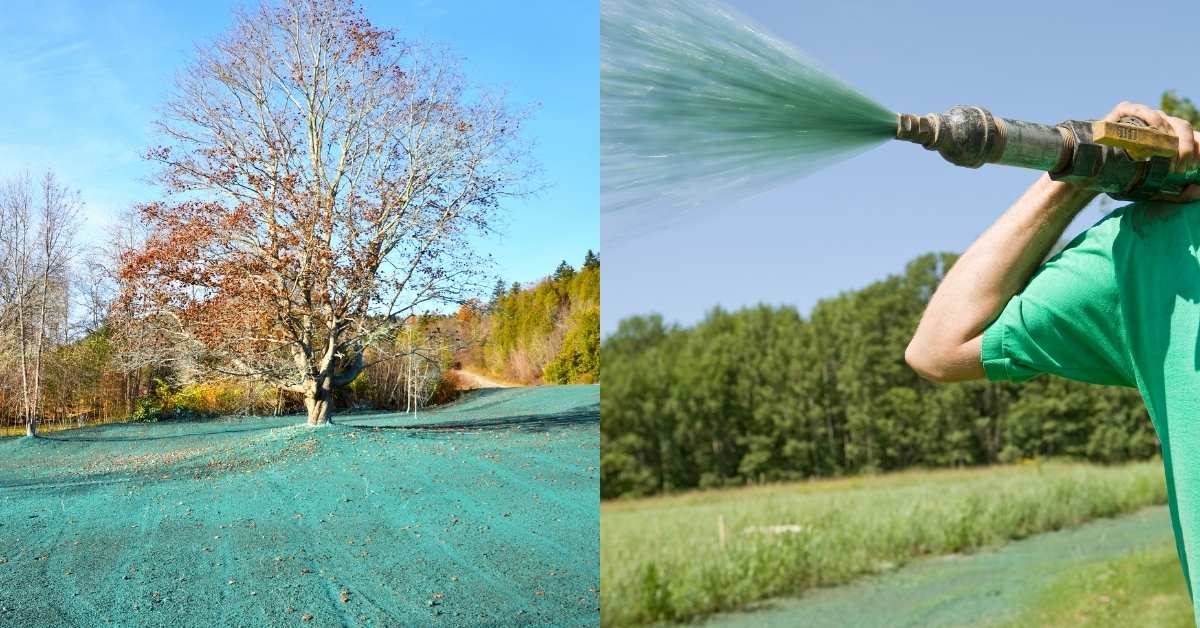Various animals, both large and small, can be destructive to the garden. Damage is done by feeding on the plants, burrowing through roots, and digging around the plants for food sources such as insects, grubs, or worms.
Common garden foes include chipmunks, rabbits, mice, moles, skunks, squirrels, woodchucks, and deer. If you better understand these animals, you can employ strategies to keep them from destroying your hard work.
Warding Off Destructive Wild Animals
Here are 8 destructive animals and how to keep them out of your land.
1. Deer
Deer are browsers, and they will eat practically everything in the garden. They’ll also destroy what’s most delectable in a matter of days. Installing a tall wire fence, ideally electrified, around the garden is the most efficient approach to keep deer away.
Deer are excellent jumpers. So the fence you build should be at least 6-8 feet tall and fastened to the ground at the bottom to prevent them from pushing beneath.
2. Mice and rodents
Field mice and related rodents like moles, shrews, and pine mice spend most of their time at or below ground level. While field mice eat grasses, legumes, and other herbaceous plants, moles have a high energy need and feed on insects and a small quantity of vegetation at all hours of the day and night.
However, cultivated crops, such as fruits and vegetables, ornamental shrubs, and especially flower bulbs, can become part of the mice’s diet or part of the mole’s carnage.
Sheet metal barriers placed at least 1 foot deep in the ground can be used to protect small areas like flower gardens from burrowing. Trapping is another option.
3. Rabbits
Cottontail rabbits are a very common garden foe because they like to nibble on almost any plant, including most ornamentals. Place a 1½- to 2-foot tall, 1-inch mesh wire fence around the garden to discourage rabbits. Because rabbits may squeeze through small spaces, use a wire mesh fence with no more than 1-inch diameter.
The bottom border of the wire should be fastened to the ground or buried several inches to prevent rabbits from digging beneath the fence. If deer fencing is already installed, attach mesh fencing to the lower part of that fence to keep out rabbits, avoiding contact with the bottom fence strand to prevent grounding out electric fencing.
Rabbits and field mice may also chew on the soft bark of individual trees and shrubs, especially when food is scarce.
Cylinders made of ¼-inch mesh hardware cloth (1½- to 2-foot tall) placed on the ground surrounding the trunk will prevent damage.
Bigger shrubs with multiple stems should have the entire base encircled, leaving 2 inches of clearance to prevent installation damage. Attach the cylinder firmly to the ground with small stakes.
4. Chipmunks
Chipmunks are naturally found in or near a wooded area. They are omnivores. So they eat both plants and animals. Their main animal foods are bird eggs, insects, snails, and sometimes small mice or young birds. They compete for food in their woodland habitat and store excess seeds.
When pressured out of their natural habitat by food shortages, they may dig seeds from gardens, feed on flower buds, and burrow in lawns. The most effective way to control chipmunks is to use trapping. Live traps should be taken at least one mile from the area to relocate them.
5. Skunks
Skunks are nocturnal and relatively inactive during winter. Skunk activity rarely causes any serious economic loss in a garden. Their nuisance is mainly related to their scent and the occasional cone-shaped holes found in lawns to remove grubs. Insect-infested lawns may see larger patches of damage caused by skunks.
Live trapping is the preferred method of removing nuisance skunks. Especially with a wooden box trap, handle the trap gently to lessen the chance of scent release.
6. Squirrels
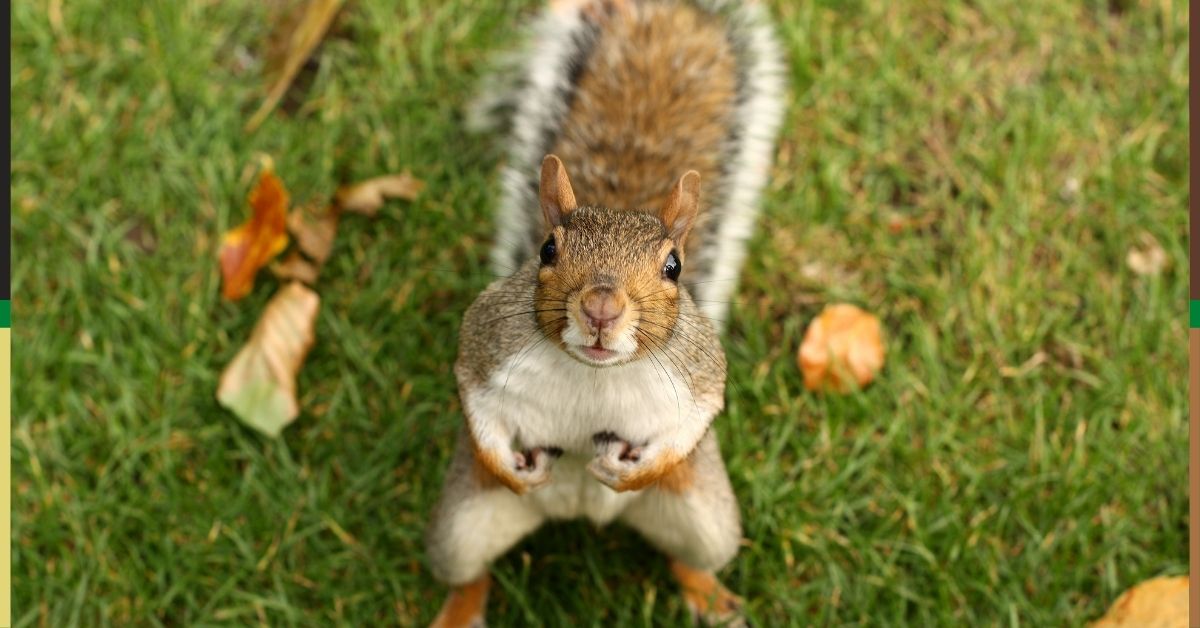
Squirrels eat forest seeds, but they can vary their diet to include seasonal offerings like berries, cultivated seeds, and flowers. They occasionally dig and eat flower bulbs and newly planted seeds. They clip twigs and strip bark on certain conifers and deciduous trees, but they rarely cause tree injury serious enough to cause concern.
A 2-foot band of sheet metal secured about 6 to 8 feet above the ground will prevent squirrels from climbing an isolated tree.
Repellents are available commercially for special situations, but they are at best a temporary deterrent. Trapping and hunting to control squirrels out of season should only be undertaken after contacting a district game biologist.
7. Woodchucks
Woodchucks are another widespread animal in West Virginia. They prefer to construct underground burrows on or near cropland and only rarely travel on the surface. They eat root vegetables from the bottom. Air spaces created by their burrows can be detrimental to plant root systems.
They eat a broad variety of vegetation, especially domestic legumes like soybeans. Their feeding and burrowing create hazards in crop fields, home gardens, orchards, and nurseries that make it necessary to reduce their numbers.
They can be legally exterminated using fumigation, trapping, or shooting by resident landowners who cultivate their land for a living, regardless of the season.
Creating barriers to keep animals out
Raised beds for vegetable growing are an excellent technique to protect plants from a variety of garden pests. Beds should be at least 18 inches tall on both sides. Secure 14″ mesh hardware cloth over the bottom of the beds before filling them with earth to prevent burrowing animals from undermining the veggies.
Deer will not eat plants in raised beds if a fence surrounds the raised beds.
Physical garden barriers are the most reliable approach to keeping the garden safe, but they aren’t always an option. Fences may be ugly, especially in sections of the more visible garden, such as perennial beds. You might consider more discrete options to protect plants from destructive animals.
Planting types that the animals dislike is one of the most low-maintenance strategies to keep them out of the garden, especially flower gardens. If deer and many other plant-eating animals are hungry enough, they will eat nearly anything. Even “resistant” plants can expect some harm during brutal winters.
If you don’t want to limit your gardening to “tough” plants, remove bushes, long grasses, and anything else that may serve as a nesting location from the area around the garden. Spray repellants can help prevent animal damage, and there are a variety of commercial sprays available.
However, they are time-consuming to apply because they must be reapplied every week or so to be effective and always after the rain. Dogs are also useful for keeping animals out of the garden.
Conclusion
Most destructive animals in the garden create only seasonal problems. Gardeners should develop an appreciation for all aspects of the landscape, including those pesky animals. A certain amount of joy can be had from relaxing and watching animals feed and scamper about.
If the damage is at tolerable levels, consider sharing the environment and use control measures only as a last resort, making it possible to have a garden and eat it, too!
